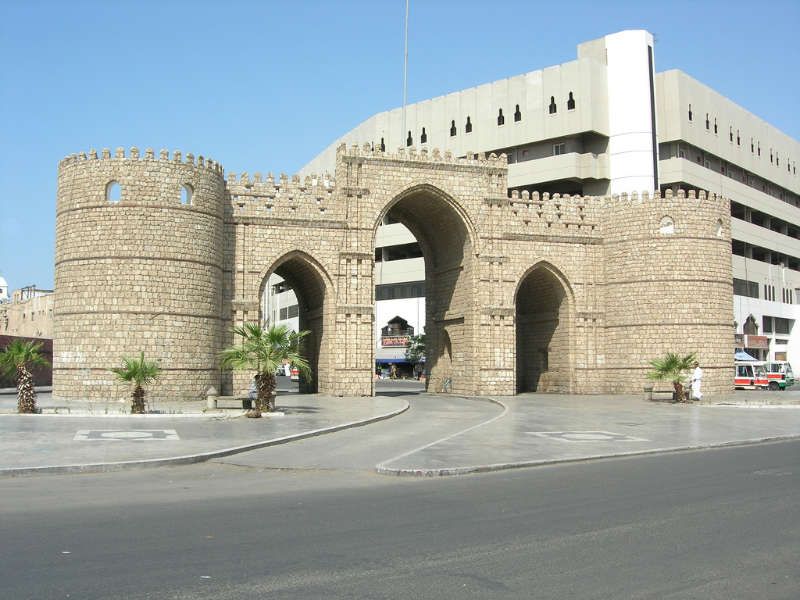Famous Gates of the Ancient World
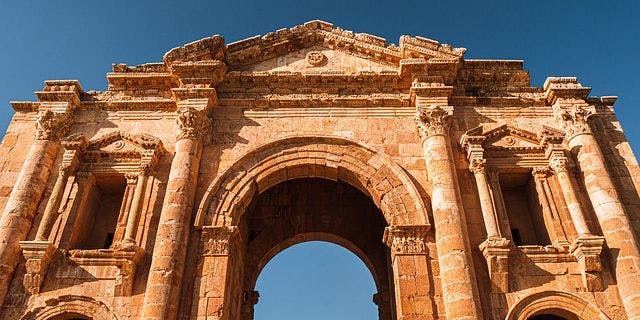
It’s not hard to imagine that when the history of the world was written, it was comprised early on, in large part, by what happened within these walls. Ancient Egypt’s pyramids are some of the most recognizable structures on earth, though they were more celestial gateways, than actual gates. And while they’re just one among many world-famous gates, they’re arguably the most influential is the iconic road gate. The figure of a gate was used by almost every civilization to mark significance, provide protection for royalty and their treasure, and serve as a gateway to important destinations like tombs or temples.
Arch of Constantine (Rome, Italy)
The Arch of Constantine was built inside the old Roman Forum in Rome during the 3rd century, the site of the Roman Senate House, to commemorate Constantine I who had made Christianity official state religion of Rome.
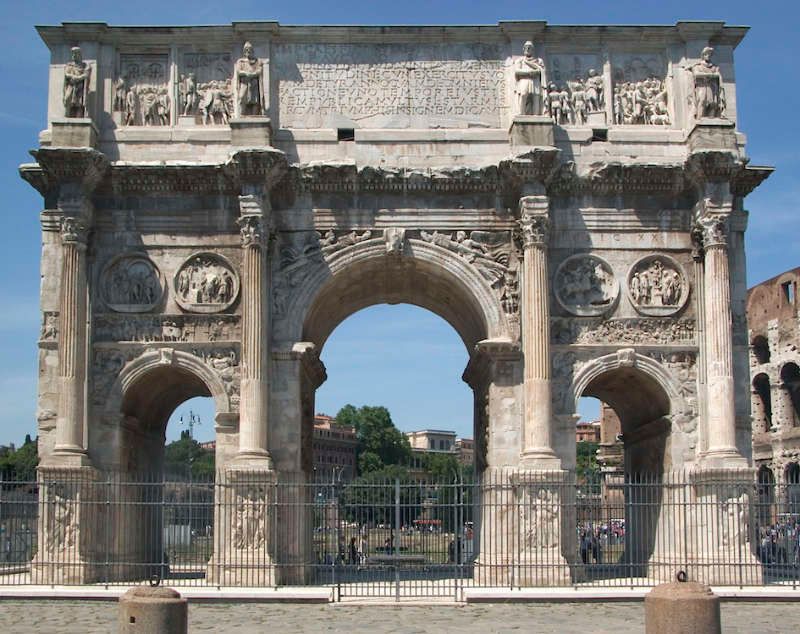
Arch of Janus (Rome, Italy)
The Arch of Janus is a monumental gate built in Rome during the early years of the Roman Empire. It was built to honor Mark Anthony who had triumphed over Cleopatra and her army in 31 B.C.E.
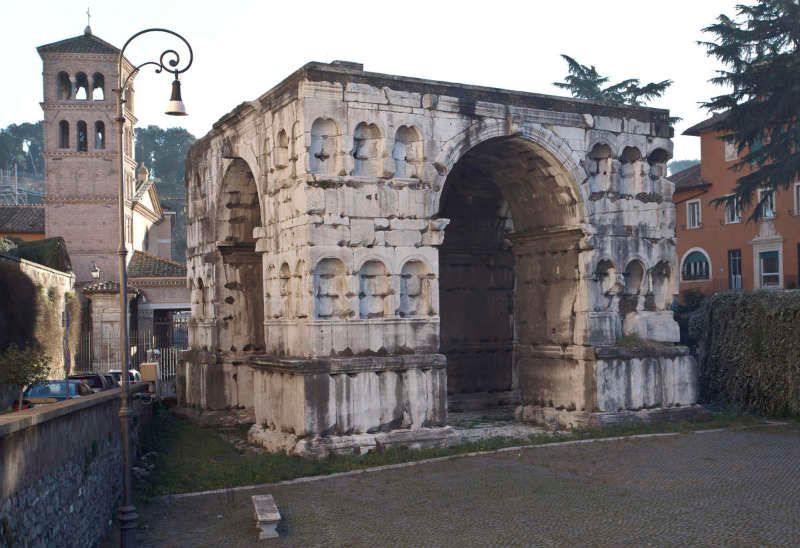
Golden Gate (Jerusalem, Israel)
Located in Jerusalem, the Golden Gate is called Sha’ar HaRachamim in Hebrew, which means “Gate of Mercy.” It is one of the major sights in Jerusalem on the way into Temple Mount, the city’s main site of worship. It was built by the Romans around 19 B.C., which is believed to be the time when Temple Mount was levelled off.
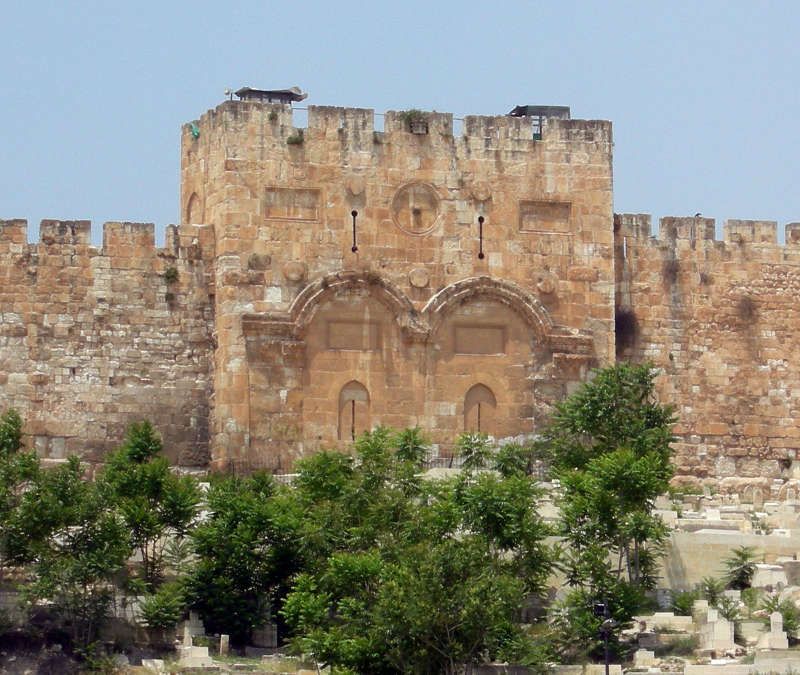
Lion Gate (Mycenae, Greece)
The Lion Gate is a massive stone gate built in c. 1250 B.C. in Mycenae (Greece). It is located in the northwestern end of the citadel of the ancient city. It is one of Greece’s most famous monuments, and it has been designated by UNESCO as a World Heritage Site. It was decorated with a relief sculpture showing two lions confronting each other.
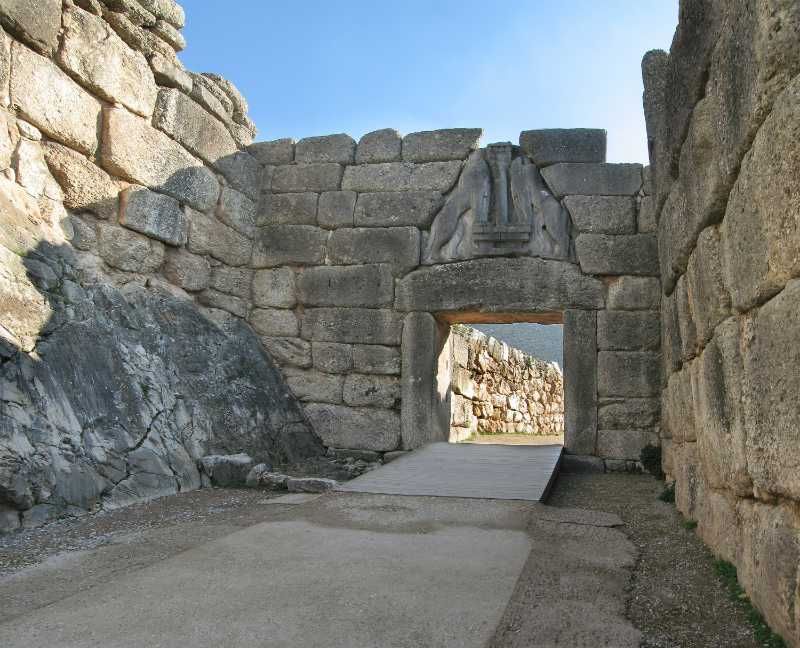
The Gate of All Nations (Persepolis, Iran)
The Gate of All Nations is located at the northern end of the main processional street (Tachara) in the ruins of Persepolis. Persepolis (New City) was built by Persian Emperor Darius I (550-486 B.C.) and completed by his son Xerxes I.
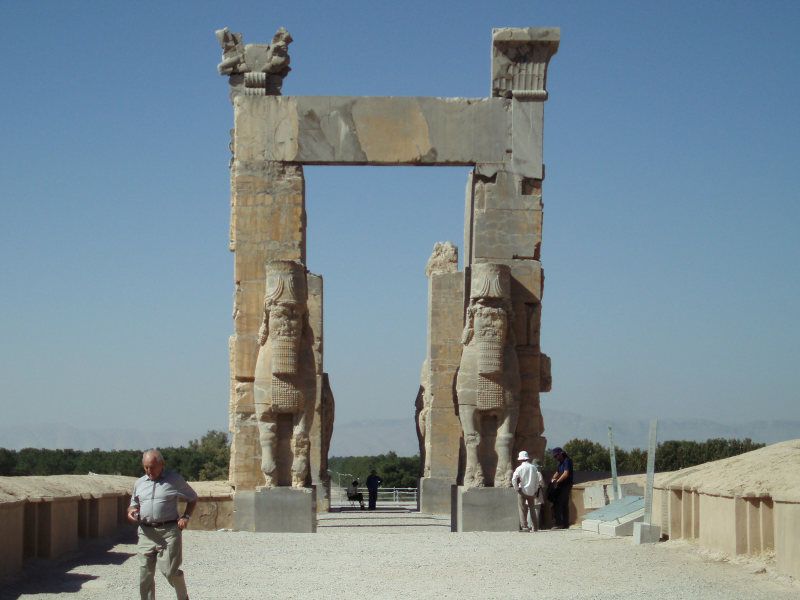
Micklegate Bar (York, UK)
Found in the center of York, England is a medieval gatehouse built by York’s Norman rulers in 1072. It is decorated with nine statues, including depictions of the mythical heroes Gog and Magog.
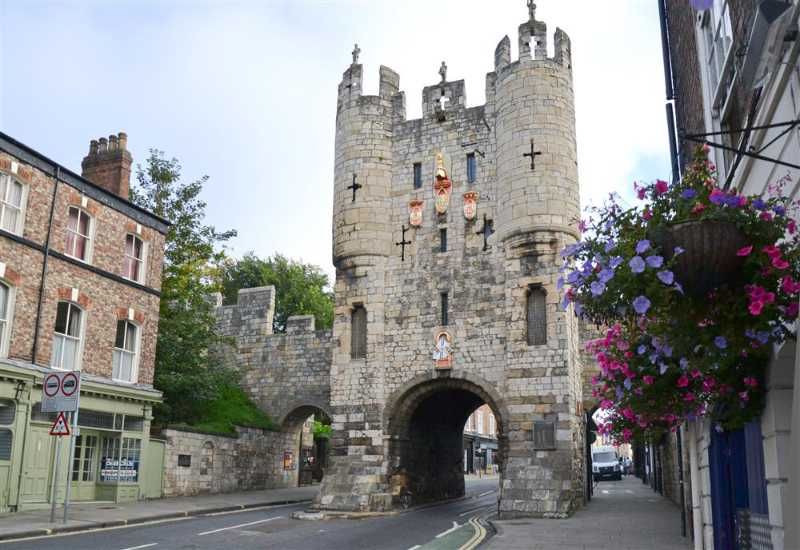
Inti Punku (Cusco, Peru)
Known as the “Sun Gate”, located 2745 meters above the sea level, deep in the Andes of Peru, Inti Punku was once the main entrance to the fortress surrounding the sacred city of Machu Picchu and was believed to be built by Inca ruler Pachacutec, in the 15th century, who ordered it to be kept under Incan military protection. Because of its location on a ridge southeast of Machu Picchu, the rising sun would pass through the Sun Gate each year on the summer solstice.

Bab Zuweila (Cairo, Egypt)
This gate stands in front of the Mosque of Mohammed Ali in Cairo, Egypt. It was built in the 11th century and has twin towers (minarets) which can be accessed via a steep climb, used by tourists to gaze down at the contrasting old city and modern capital.
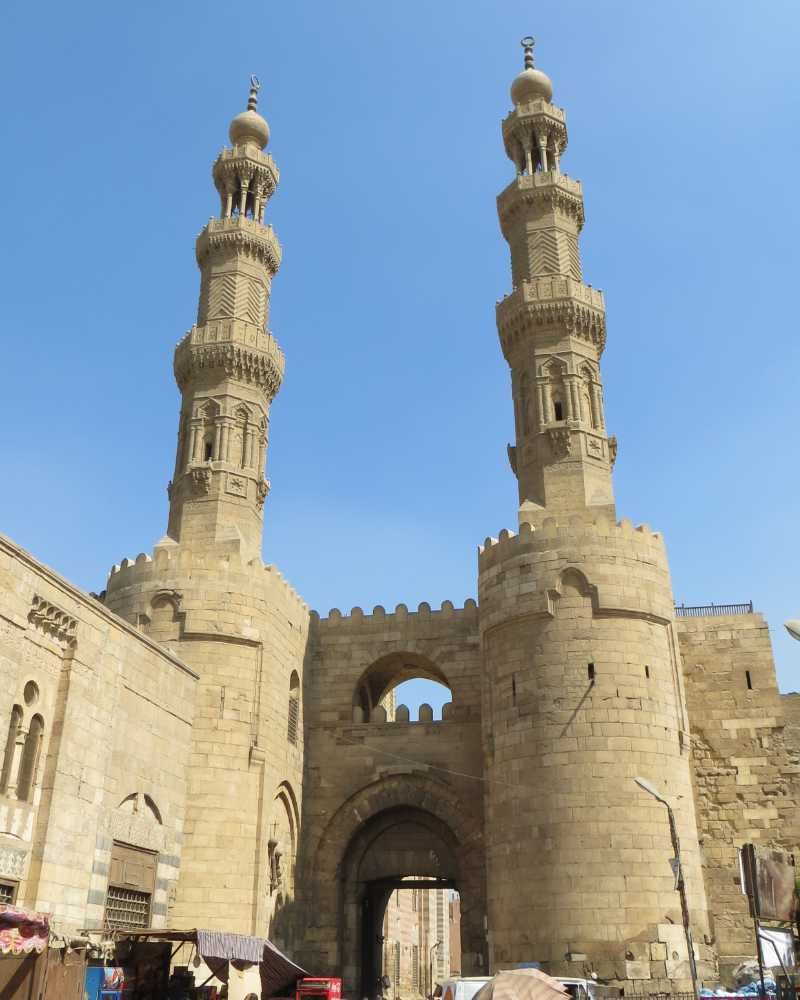
Byzantine Golden Gate (Istanbul, Turkey)
This massive gate was built into the walls that surrounded Roman Era Constantinople (modern-day Istanbul). These gates were built beginning in the 5th century and each had its own importance. The most famous of these gates is the Land Walls Gate, also known as “Kerkoporta,” which was also used by non-Christians to enter the city.
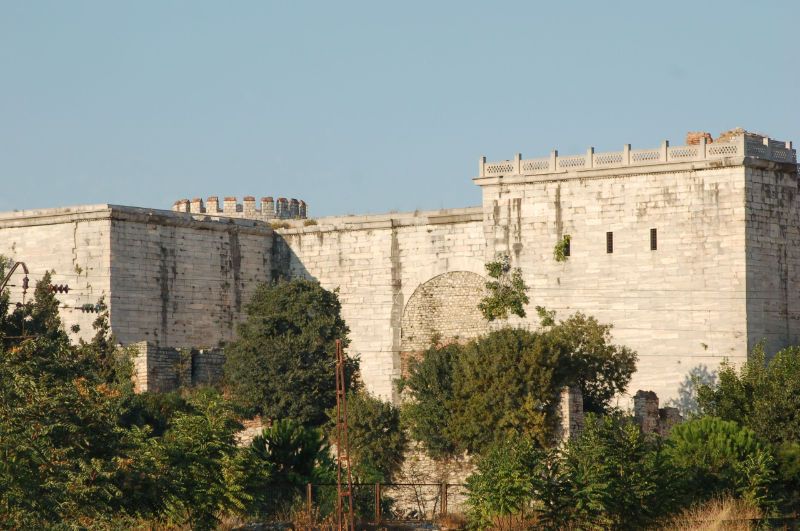
Porta Nigra (Trier, Germany)
Porta Nigra is a gate in the city wall of Trier (Germany), and is one of the oldest surviving structures in Europe. The gate dates from Roman times, around AD 170–180, and is named after the darkened colour of its sandstone. Its current appearance goes back almost unchanged to a reconstruction ordered by Napoleon.
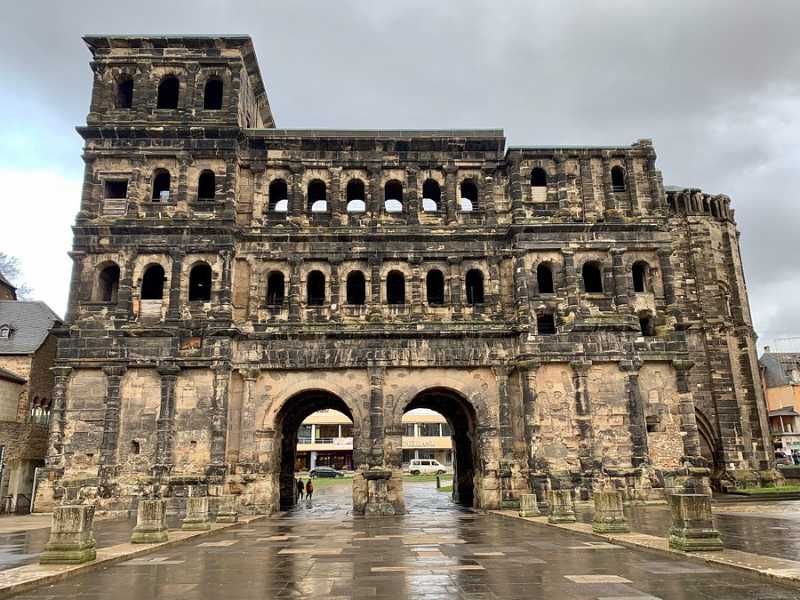
Bab Oudaia (Rabat, Morocco)
The Bab Oudaia is a historic gateway located in the medina of Rabat, Morocco. It is said to be one of the oldest gates in all Moroccan cities, and it marks the northern border of the Fass-el-Midan quarter. The Bab Oudaia was built in the Almohad era, around the year 1196 AD, as a military base of the Almohad caliphs and was fortified with city walls.
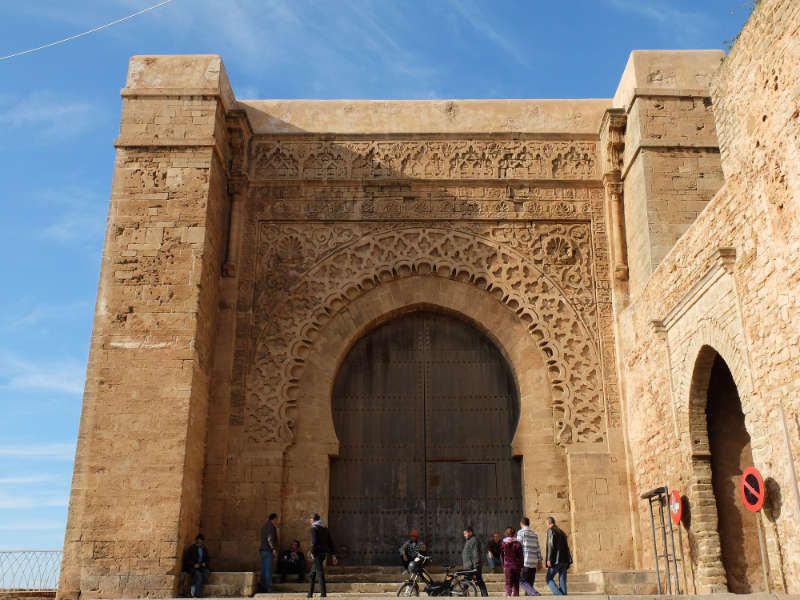
Sungnyemun (Seoul, South Korea)
Sungnyemun is a gate located in the south of Seoul, South Korea, and is one of eight historical gates that were located in the Fortress Wall of Seoul that surrounded the entire old city. In the 14th century, during the Joseon Dynasty, the gate was used as a meeting place for officials to discuss politics and policies. In modern times it is known as a symbol of Seoul.

Ishtar Gate (Babylon, Iraq)
The Ishtar Gate was a gate located in the east side of the inner city of Babylon, Iraq. It was named for the goddess Ishtar. Built by King Nebuchadnezzar II around 605-562 B.C. After centuries spent buried under the desert sand, it was excavated in 1915 and reconstructed as best as possible using primarily original bricks, and is on display at the Pergamon Museum in Berlin, Germany.

Damascus Gate (Jerusalem, Israel)
This fortified gate located in the Old City of Jerusalem, is part of what once was Jerusalem’s inner city wall and separates the Muslim Quarter from the Jewish Quarter. The gate was built in 1537 by Suleiman the Magnificent, the longest-reigning Sultan of the Ottoman Empire. Beneath the current gate, the remains of an earlier Roman gate, dating back to 130–131 CE, can be seen.

St John’s Gate (London, UK)
An impressive medieval gatehouse in the City of London, it was the southernmost of the main gates out of the City of London, leading into Southwark. Built in 1504 as the south entrance to the inner precinct of Clerkenwell Priory, the English headquarters of the Knights of the Order of St John, which was appropriated by the English Crown, King Henry VIII, as part of the Dissolution of the Monasteries.

Arch of Hadrian (Jerash, Jordan)
The Arch of Hadrian is a monumental arch in Jerash, Jordan. It was built by the Syrian architect Sergius in AD 130 to commemorate the visit of Roman Emperor Hadrian to Jerash. The arch itself is not very remarkable architecturally, but it is of great significance for its position at the entrance to the splendid Roman city, which has been partially excavated on either side of it.

Bab Makkah (Jeddah, Saudi Arabia)
This monumental gateway located in Jeddah, Saudi Arabia, was built during the reign of the founder of the second Saudi state, Muhammad bin Saud. The gate, as well as the city wall which surrounds Jeddah, are exceptionally well preserved and are protected by Saudi Arabian law.
